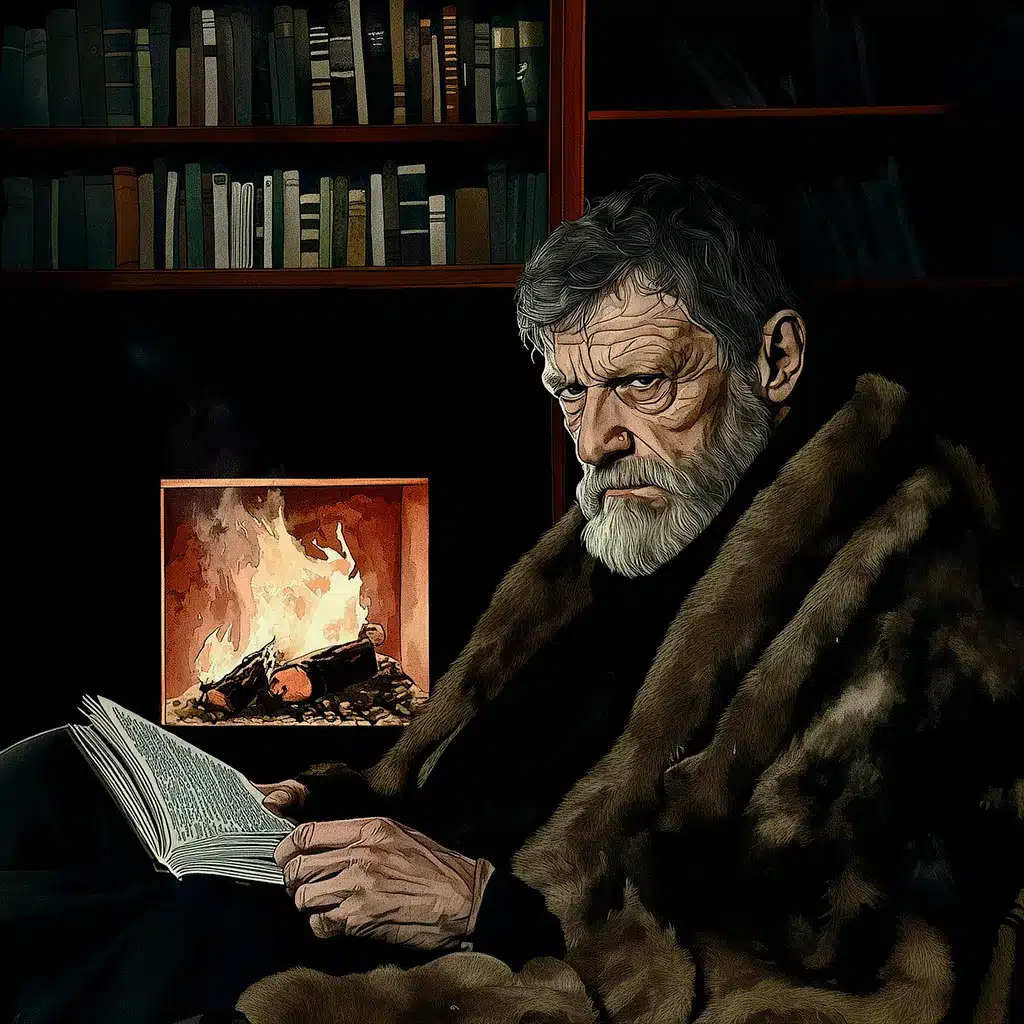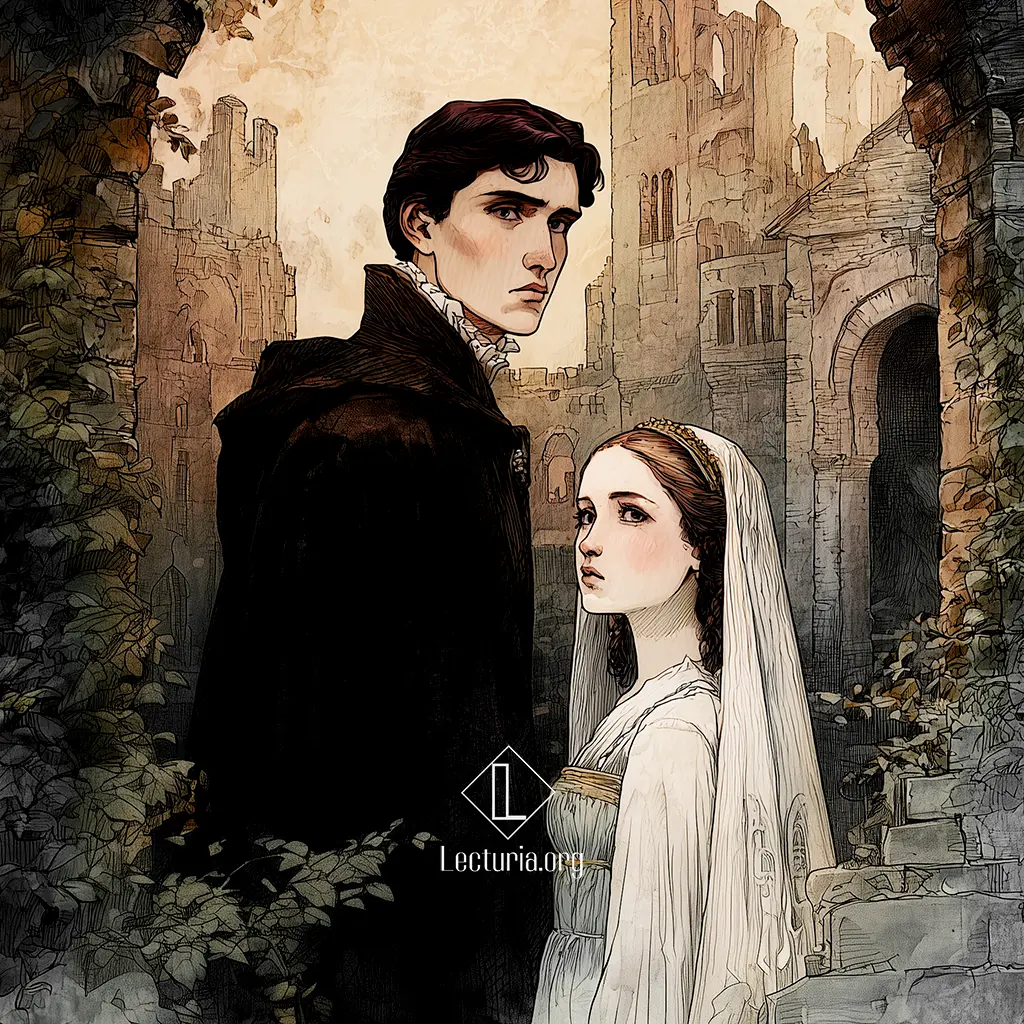Arthur C. Clarke: A Walk in the Dark
“A Walk in the Dark” is a short story by Arthur C. Clarke, first published in August 1950 in Thrilling Wonder Stories and later included in the anthology Reach for Tomorrow (1956). The story follows Robert Armstrong, a space technician who, after his vehicle breaks down, must walk several kilometers across a remote and inhospitable planet. The path, shrouded in absolute darkness, turns into a harrowing experience when the memory of a local legend about a creature lurking in the night begins to creep into his thoughts, causing logic to give way to suggestion.





